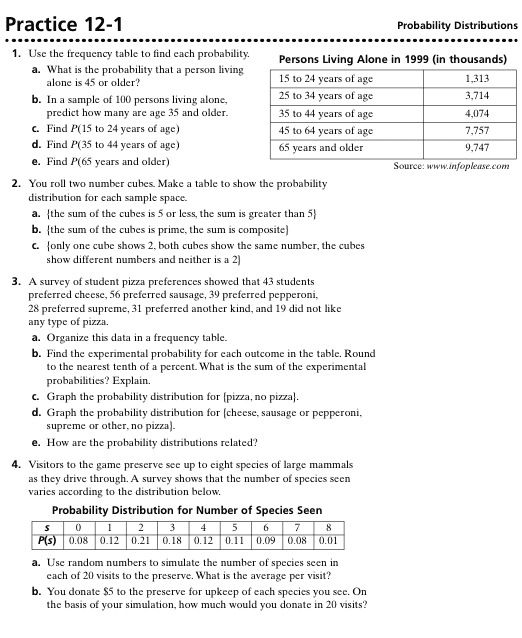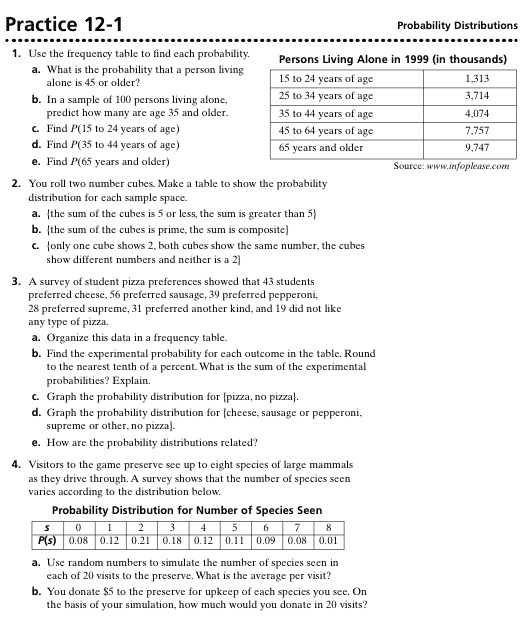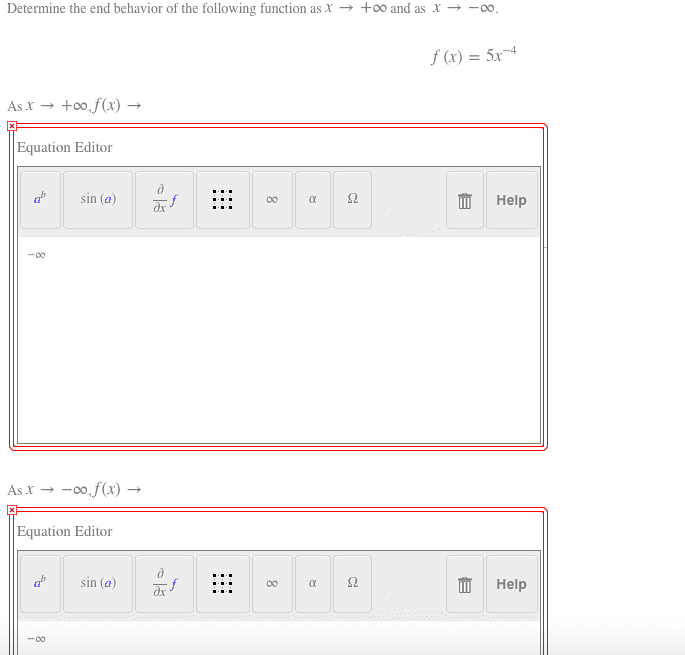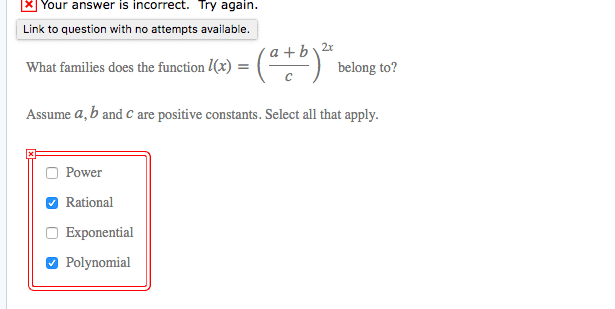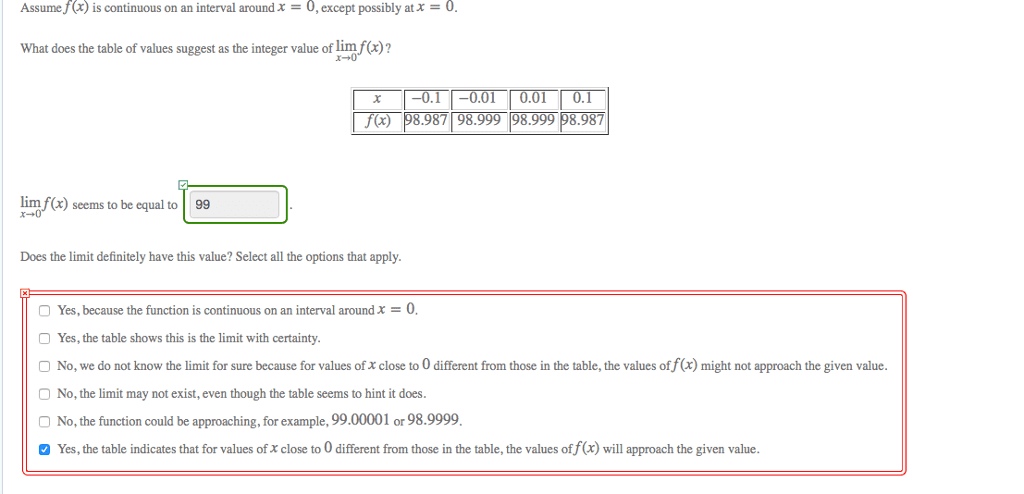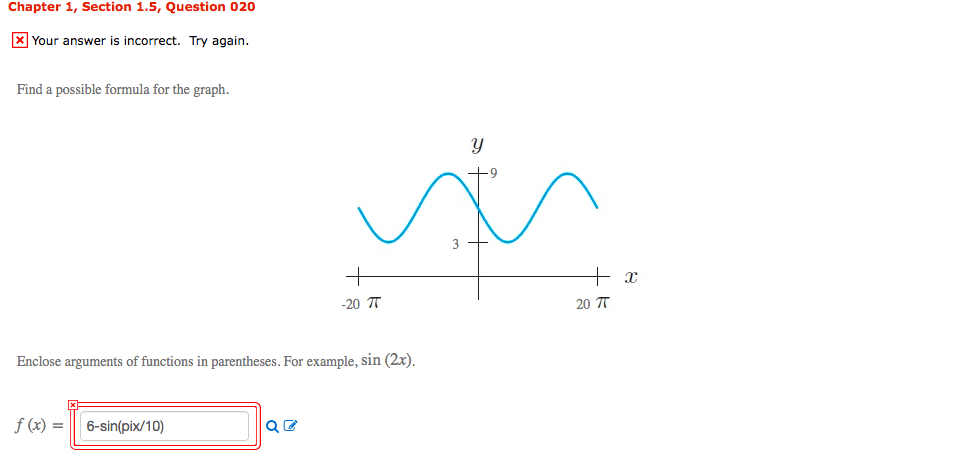MATH 141 Lecture 11: Statistics 10/18/2016
38 views2 pages
18 Oct 2016
School
Department
Course
Professor
Document Summary
A discrete random variable can assume discrete values (with gaps between each two values). A continuous random variable can assume values within the intervals, i. e. all values within the interval can be taken. Those possible values of the random variable are sample points and they form the sample space. Then the probability of the event a is p(a)=p({a, c, d})= + (cid:3030)+(cid:3031) Let the sample space {a, b, c, d, e, f} and the distribution table. Let an event a ={ a, c, d} i. e. read probabilities from the table and find the total. Suppose a variable x can assume the values 1, 2, 3, or 4. The probabilities associated with each outcome are described by the following table: I(cid:373)ilar to a gi(cid:448)e(cid:374) sa(cid:373)ple, (cid:449)e (cid:449)ish to k(cid:374)o(cid:449) (cid:862)(cid:449)here(cid:863) the data located. Therefore (cid:449)e need to find the average value, i. e. mean value.
Get access
Grade+20% off
$8 USD/m$10 USD/m
Billed $96 USD annually

Homework Help
Study Guides
Textbook Solutions
Class Notes
Textbook Notes
Booster Class
40 Verified Answers
Class+
$8 USD/m
Billed $96 USD annually

Homework Help
Study Guides
Textbook Solutions
Class Notes
Textbook Notes
Booster Class
30 Verified Answers
